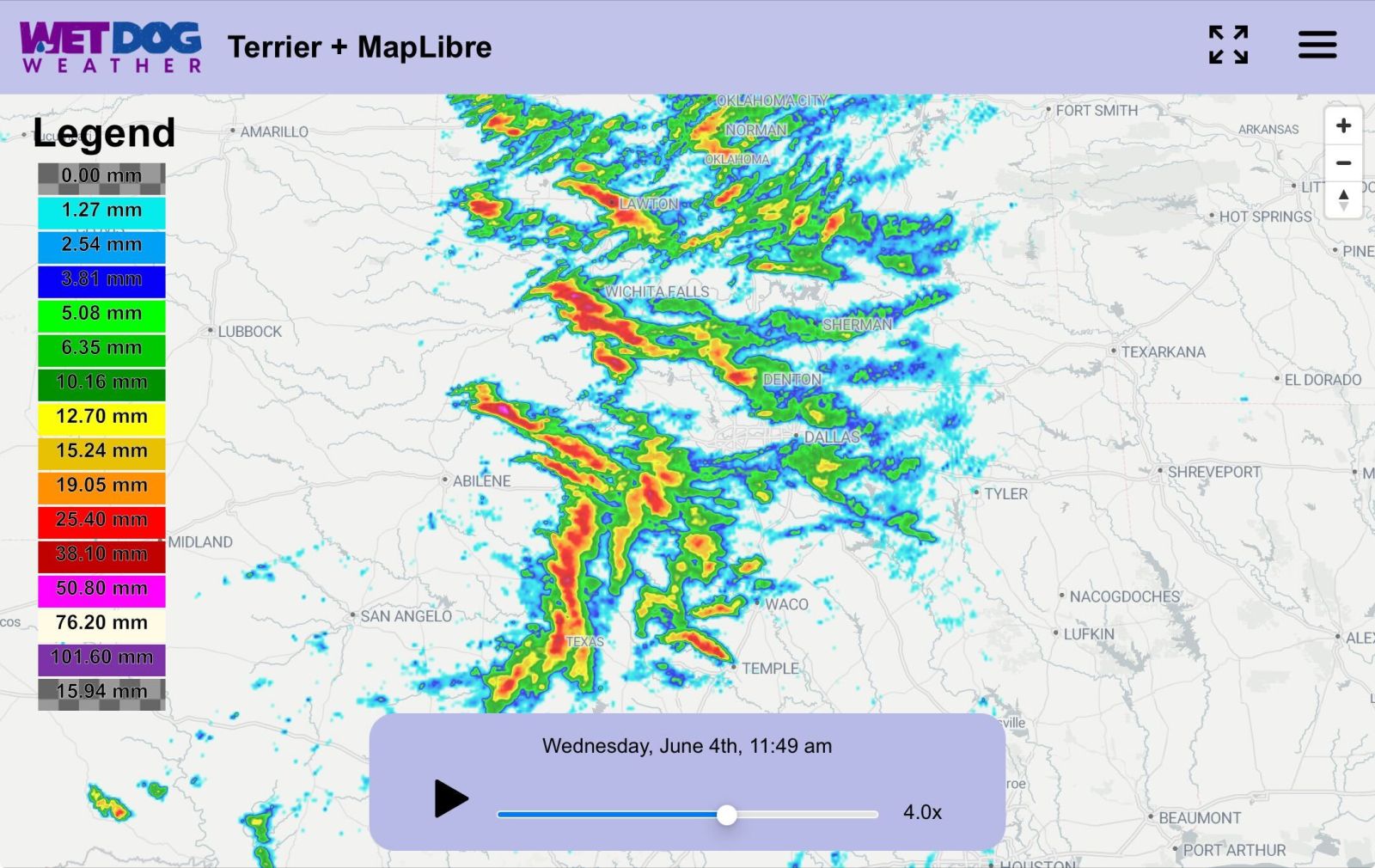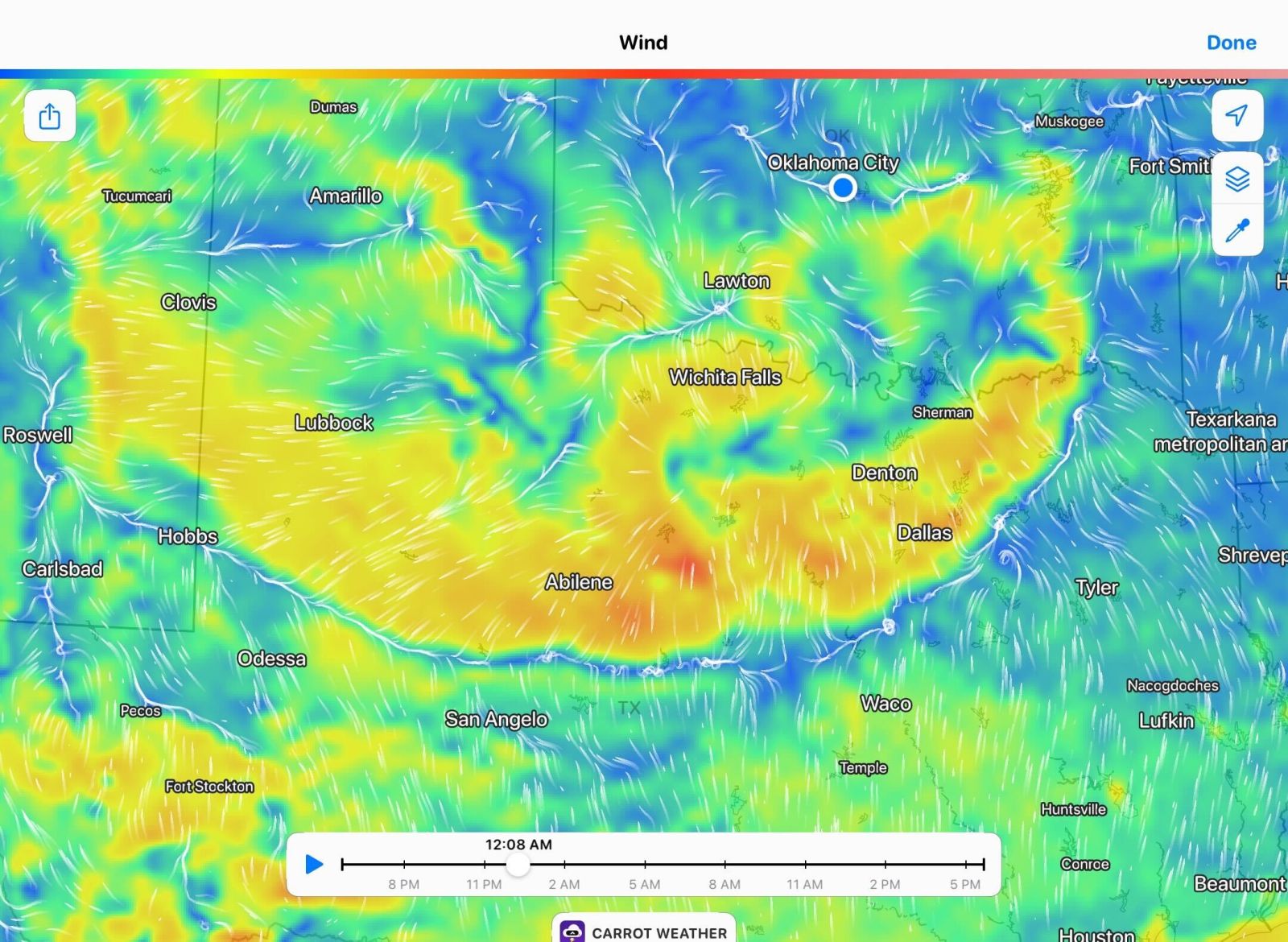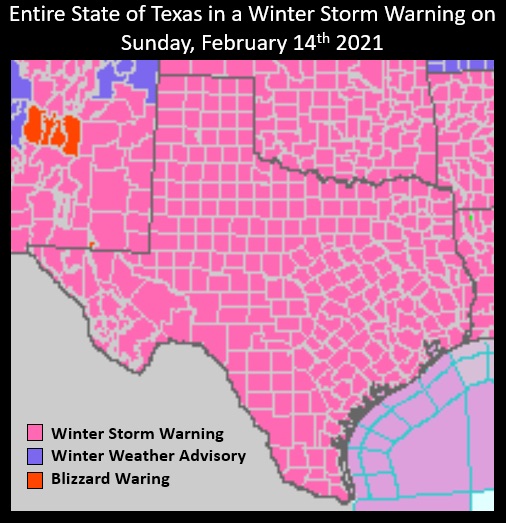From Storms to Stability: Weather forecasting in the wind energy era
As renewable energy continues to expand, wind power has emerged as one of the fastest-growing sources of clean electricity. However, the success and sustainability of wind energy operations depend heavily on accurate weather forecasting and real-time atmospheric data. The relationship between severe weather and wind turbine performance highlights the importance of precise meteorological information, not only for operational efficiency but also for protecting infrastructure and ensuring grid reliability.
The vulnerability of wind infrastructure
Wind turbines, despite their robust engineering, face significant risks from extreme weather events. While they are designed to shut down automatically in dangerously high winds, they remain vulnerable to structural damage from phenomena such as tornadoes, derechos, and severe icing events. In recent years, several wind farms have experienced catastrophic losses after tornadoes destroyed multiple turbines during a single storm. If you want to view examples, search for “tornado in wind farm,” and the massive damage becomes apparent.
Modern turbines can stand over 400 feet tall; with rotor diameters exceeding 150 meters, they present a large surface area to high winds, lightning, and hail. The resulting damage can include cracked blades, sheared nacelles, or even complete tower collapse. The economic impact extends beyond replacement costs to include lost energy production, extended downtime, and potential safety concerns for personnel and nearby communities.
Modeling sites for a changing climate
Wind farm siting and design are often based on climatological assessments that consider historical wind speeds, turbulence intensity, and storm frequencies. These models help determine turbine placement, structural tolerances, and expected energy yields. However, as the underlying climatology changes due to global warming, these baselines may no longer be reliable.

Extreme weather events are becoming more frequent and intense in many regions. The very thresholds that turbines were designed to endure, based on past climate data, are increasingly being exceeded. This introduces a significant risk factor for wind operations, as turbines may face conditions outside of their design envelope. Incorporating forward-looking climate models and ensemble forecasts into long-term planning is now essential to safeguard infrastructure and improve resilience.
Advanced forecasting technologies
Modern wind operations depend on high-resolution weather forecasting to anticipate both optimal generation conditions and potential weather threats. Machine learning and artificial intelligence have become central to this task by enabling models to learn from vast historical and real-time datasets. These systems enhance forecasting skills over time, allowing operators to generate highly localized predictions tailored to individual sites.

To achieve sufficient spatial detail, many forecasters downsample global weather models to resolutions of 1–3 kilometers. For greater accuracy, some operators run custom simulations using mesoscale models, such as the Weather Research and Forecasting (WRF) model. These models capture the complex effects of terrain and boundary-layer dynamics on turbine performance. Newer ML-based systems are also being trained on site-specific data, allowing them to fine-tune short-term forecasts and adapt to changing conditions quickly.
An increasingly diverse network of sensors feeds forecast models. In addition to satellites, radar, and surface weather stations, wind farms use sodars, lidars, and nacelle-mounted anemometers to measure turbulence, wind shear, and inflow angles at turbine height. Real-time SCADA data, such as yaw misalignment, power output, and vibration levels, further enhances the validation of forecasts and the tuning of models.
Accurate weather data is central to operational decisions in wind energy management. Operators must decide when to curtail production in advance of storms to protect equipment while minimizing downtime. Known as curtailment strategies, these choices depend on precise, timely forecasts to avoid both unnecessary shutdowns and preventable damage.
This is where nowcasting (very short-term weather prediction) has become especially important. Because conditions can evolve rapidly, models that update minute-by-minute are now essential. Machine learning also plays a growing role here: ML-based nowcasting models are often faster and computationally lighter than traditional physics-based systems. This enables wind farm operators to respond dynamically as conditions change in real-time.
Storm preparation workflows, including staging of maintenance crews, securing of equipment, and adjustment of grid commitments, also depend on accurate, hyperlocal forecasts. In the aftermath of severe weather, predictive models help prioritize inspections and repairs across large wind installations.
Grid integration and systematic risk
The impact of severe weather on wind generation extends to the grid level. When output drops suddenly due to high winds, icing, or turbine damage, grid operators must compensate quickly to avoid outages. In regions with high wind penetration, this volatility poses a major challenge, especially during extreme weather when other sources like gas, hydro, or coal may also be constrained.
Reliable weather forecasts give grid managers the advance warning they need to rebalance generation portfolios, activate reserves, or shift loads to maintain stability. The more accurate and granular the forecasts, the better these decisions can support a resilient energy supply.
Regional snapshot: ERCOT and extreme weather impacts
The challenges of integrating wind power into the grid are particularly evident in Texas, where the Electric Reliability Council of Texas (ERCOT) manages most of the state’s electrical grid. During extreme weather events, particularly winter storms, ERCOT has struggled to balance electricity supply and demand.

In the 2021 winter storm, freezing temperatures led to major generator outages and caused wind turbines to ice over, sharply reducing available power. At the same time, demand spiked due to increased heating needs, forcing ERCOT to initiate rolling blackouts to prevent grid collapse.
This event highlighted how severe weather can simultaneously impact both renewable and conventional energy sources. It also reinforced the need for accurate, real-time weather data to anticipate disruptions and coordinate grid responses effectively.
ERCOT has since taken steps to improve grid resilience, including requiring weatherization of power plants, issuing advance weather alerts, and encouraging voluntary conservation, but the event remains a clear example of what can happen when forecasting gaps meet extreme conditions.
As wind technology continues to scale, especially offshore, the need for precise atmospheric data grows even more urgent. Coastal and marine environments introduce additional risks such as hurricanes, icing, and corrosive salt spray, all of which can hinder access and complicate maintenance.
Meanwhile, the shifting climate raises questions about the long-term reliability of historical weather assumptions. Wind operators must now incorporate adaptive, data-driven forecasting strategies that reflect evolving storm patterns, changing jet streams, and altered seasonal dynamics.
Ultimately, weather accuracy is not just a technical requirement for wind energy; it is the foundation for safe operations, economic viability, and dependable electricity. The ability to anticipate and respond to severe weather events, supported by real-time data and advanced modeling, will define the future of wind power in an increasingly uncertain climate.
Daphne Thompson is Meteorologist and Marketing Director for Wet Dog Weather, which processes weather data to provide comprehensive visualization from public repositories and proprietary models, giving unparalleled insights into current and future conditions.
Wet Dog Weather | www.wetdogweather.com
Author: Daphne Thompson
Volume: 2025 September/October








